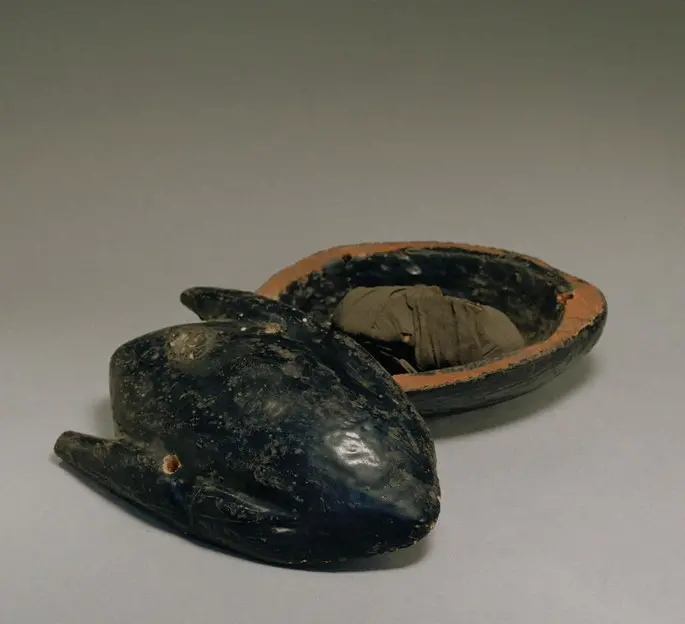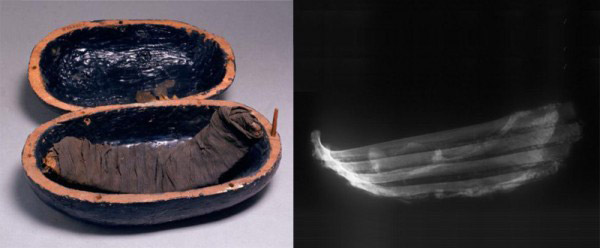Ancient Egypt’s fascination with preparing for the afterlife extended beyond the preservation of human remains to include the mummification of meat. Recent studies have unveiled the intricate and meticulous techniques employed by the Egyptians to ensure their royalty and elite were provisioned with the finest sustenance, even in the afterlife. These “meat mummies” were carefully preserved using elaborate balms and treatments, reflecting the profound cultural significance of this practice.
The Tradition of Meat Mummification

The tradition of mummifying meat dates back over 5000 years, with examples found in various tombs across Egypt. Researchers have focused their analysis on samples dating between 1386 BC and 948 BC, which were discovered in the tombs of high-status individuals like Egyptian nobles and priests.
Preservation Methods Revealed
Through advanced chemical analysis, researchers have identified the specific preservation methods used on these meat mummies. For instance, animal fat and resin from Pistacia trees, a luxury item in ancient Egypt, were found to coat the bandages of these preserved meats. This treatment not only aimed to extend the meat’s shelf life beyond the typical decay rate in Egypt’s climate but also reflected the high regard for royal sustenance in the afterlife.
Significance of Meat Mummification

The findings shed light on ancient Egyptian burial customs, demonstrating the meticulous care taken to ensure that the departed were provisioned with the best even beyond death. The study, published in the Proceedings of the National Academy of Sciences, underscores the cultural and ritualistic significance of meat mummification in ancient Egyptian society.
The practice of mummifying meat for the afterlife in ancient Egypt speaks to the deep reverence and importance placed on sustenance for the deceased. The elaborate preservation techniques and the inclusion of these “meat mummies” in high-status tombs reveal the profound cultural and ritualistic significance of this tradition. As we continue to uncover the mysteries of ancient Egypt, the study of meat mummification provides valuable insights into the beliefs and practices that shaped this extraordinary civilization.
